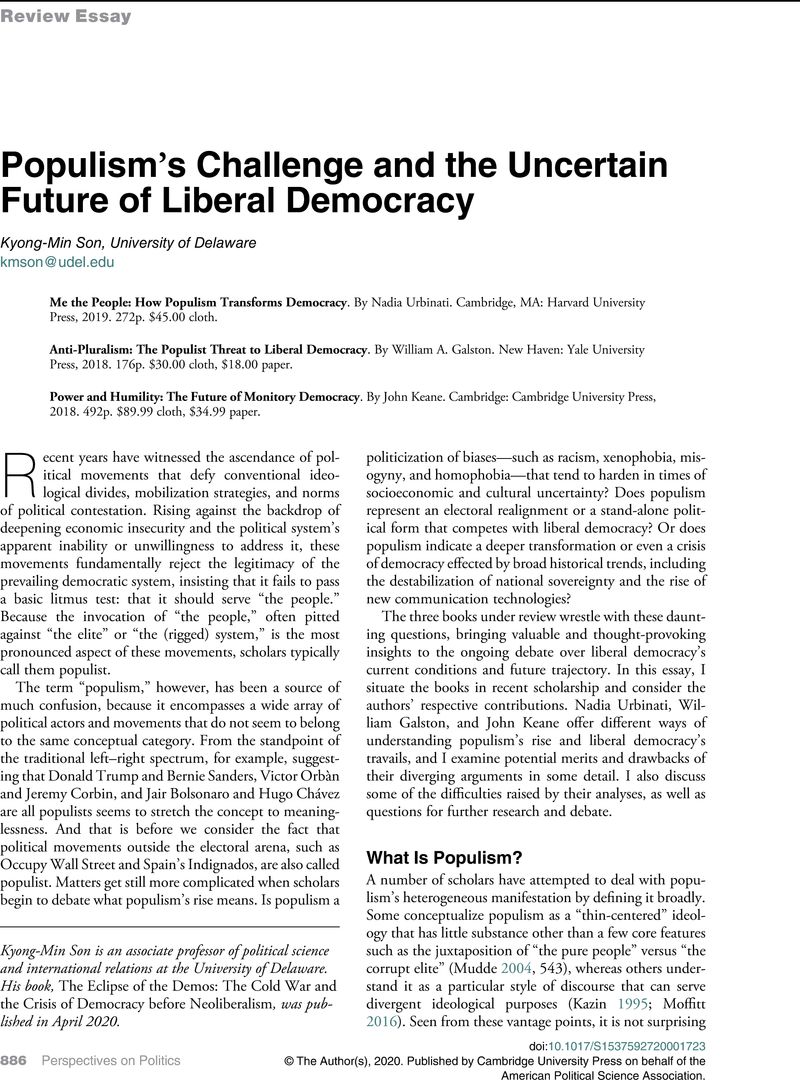Crossref Citations
This article has been cited by the following publications. This list is generated based on data provided by Crossref.
Zhai, Yida
2023.
Pride and prejudice: Chinese citizens’ evaluations of democracy in the United States, India and Taiwan.
The British Journal of Politics and International Relations,
Vol. 25,
Issue. 4,
p.
701.
Sata, Robert
and
Karolewski, Ireneusz Pawel
2023.
Illiberal spectatorship – the disfigurement of citizenship in Hungary and Poland.
Journal of Contemporary European Studies,
p.
1.



